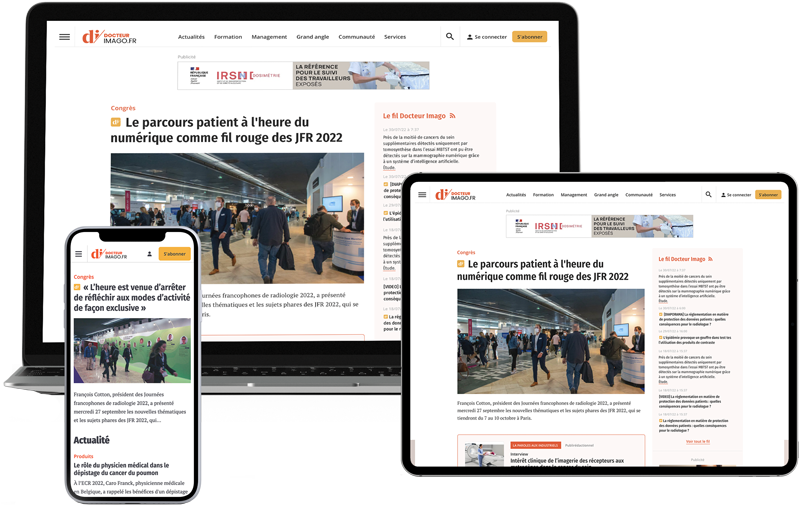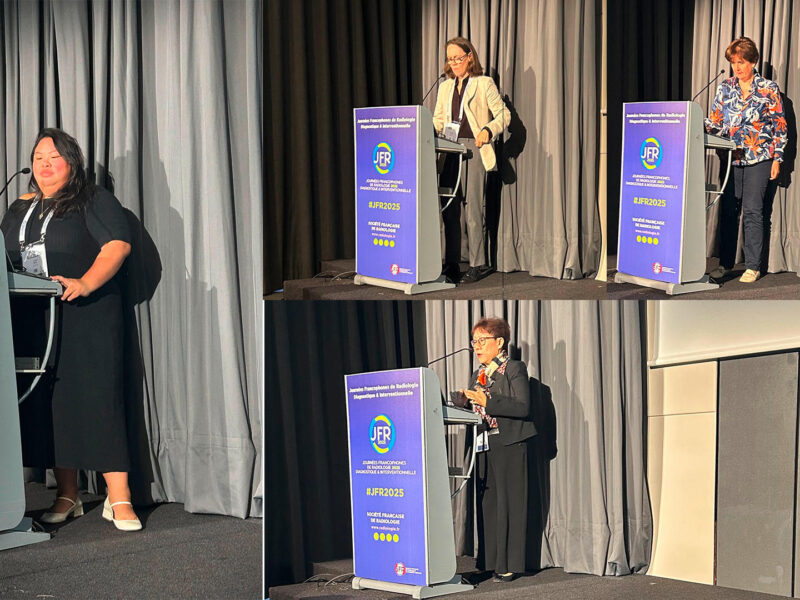La redécouverte du ligament antérolatéral (LAL) du genou par Steven Claes et son équipe de l’université catholique de Louvain en 2013, à partir d’une étude cadavérique [1], a provoqué un engouement médiatique rare. L’existence de ce ligament avait déjà été rapportée il y a plus d’un siècle par Paul Segond, qui avait établi le lien entre l’avulsion osseuse de la partie antérolatérale du tibia proximal et une laxité en rotation interne, nommée depuis « fracture de Segond » [2]. Il avait également montré que la rotation interne permettait la mise en tension d’une « bande fibreuse résistante », oubliée depuis.
Anatomie du LAL
Plusieurs études anatomiques par dissection ont montré la présence du LAL chez 83 à 100 % des individus et ont permis de préciser sa description anatomique. Le LAL a pour origine le condyle fémoral latéral, un trajet oblique en bas et en avant pour s’insérer sur le bord latéral du plateau tibial [3] [4] [5] [6] [7] (figure 1).
Des variantes anatomiques concernant l'origi











Discussion
Aucun commentaire
Commenter cet article